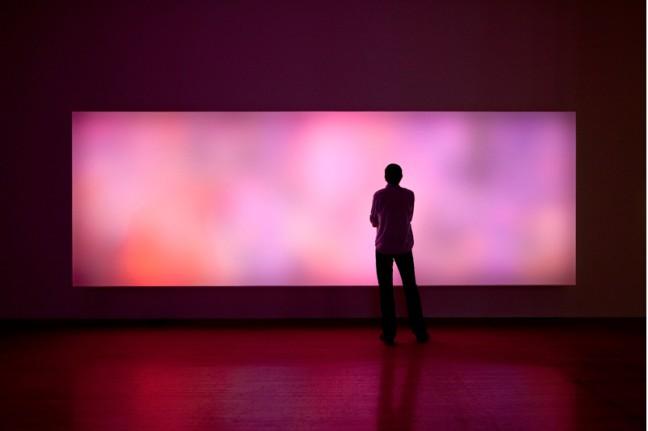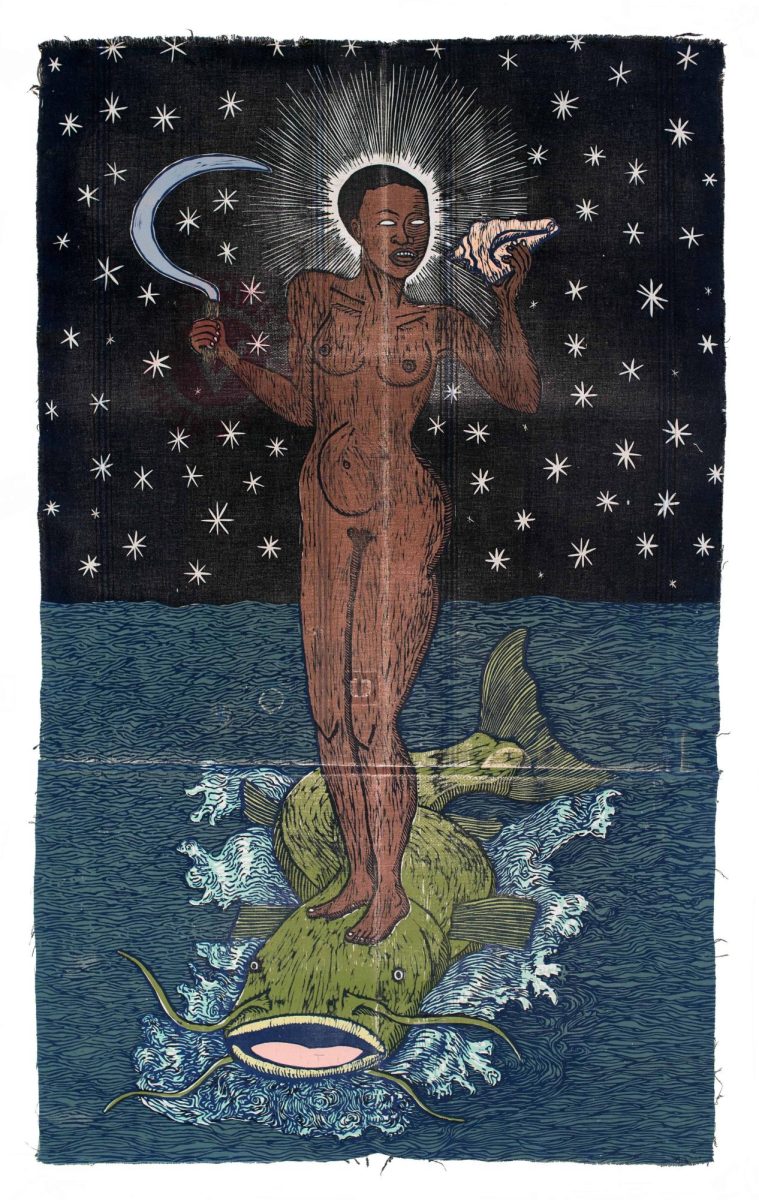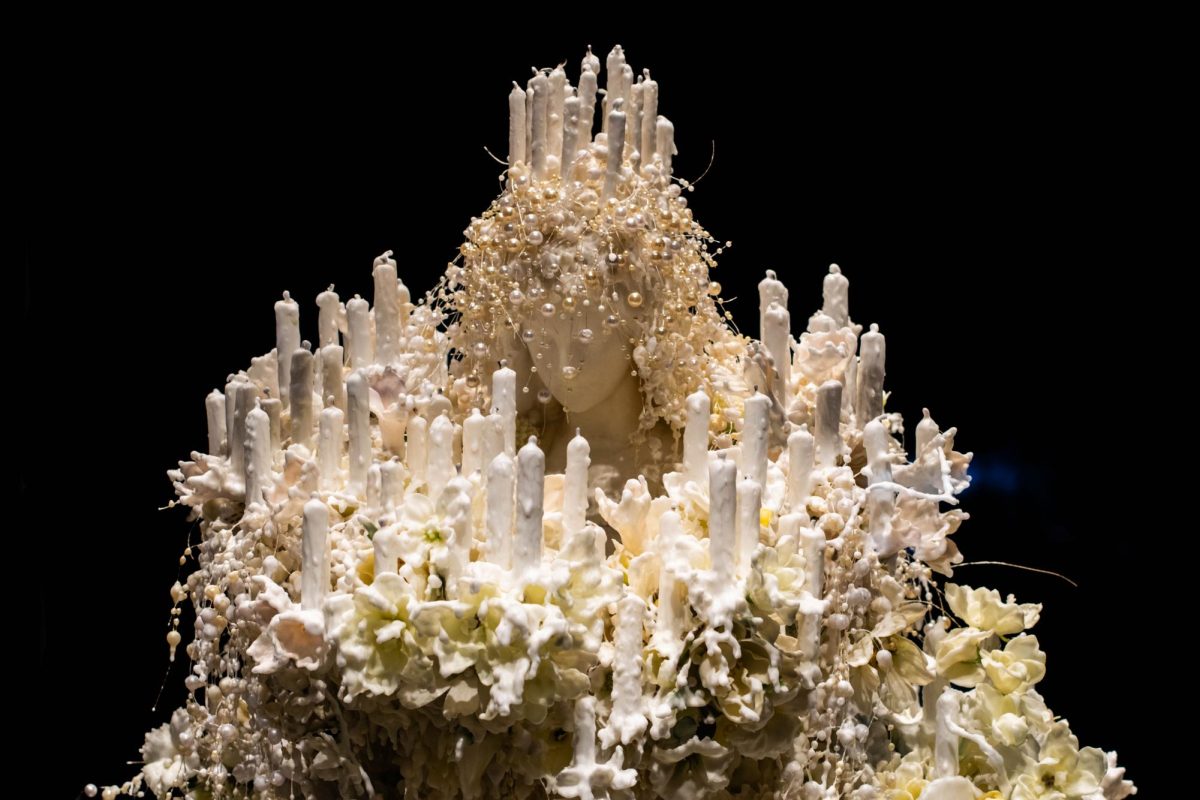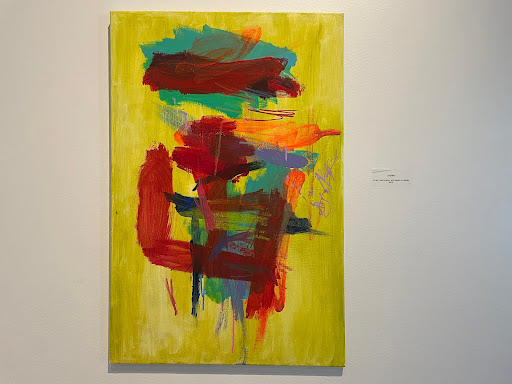When one tries to envision a “lights display,” images of lasers, smoke and show lights of different colors come to mind, blinking in a repetitive, automated, lifeless pattern. But for many visitors to the Madison Museum of Contemporary Art, the New York-based artist Leo Villareal introduces a new way to conceptualize the nature of light and machines in in his ongoing eponymous exhibit.
The installation, which features work that exemplifies his artistic evolution over the past decade, focuses poignantly on the idea of the imbuement of life-like qualities in artificial installments and environments. Although his medium of expression consists of light displays, the soul of his art is found in the computational code with which he animates his work.
The intellectual and visual inspiration of his work was inspired by an experience he had in 1994, when he worked on projects involving virtual reality at Paul Allen’s Interval Research Corporation in Palo Alto, California. This was his first opportunity to attend the Burning Man Festival.
It was at this festival where he became lost in the desert after a night of celebration. Knowing nothing about his unfamiliar surroundings, he described being permeated with a child-like sense of fear and wonder. Amid the featureless surroundings, he imagined the landscape was something not dissimilar to the virtual environments programmed into a computer.
Directed by programming code, his sculptures are inspired by his fascination with the underlying laws that govern reality. The hand-coded programming replicates the “Game of Life” model done by British mathematician John Conway, which simulates the way cells live, die and reproduce.
Using computer technology to bring his work to life, Villareal validates the aptitude of logically defined systems to express randomness and unpredictability. Upon first entering the installation, soft glows of multicolored light flit among the darkened halls of the room in a way evocative of a nebulous campfire.
The first visible installation, “Hive,” features rhythmically pulsating orange LEDs sculpted to resemble the installation’s namesake. The themes evident in this work are reminiscent of “Stobe Matrix,” another Villareal piece that produces insect-like clicks with each rapid flicker of light.
Among his more awe-inspiring works is “Star,” which calls to mind a great iris imbued with flowing light, spilling like a liquid over the bounds of the installation. Another such is “Big Bang,” a beautiful dance of hypnotizing light and color.
His larger installations are even more impressive. Emphasizing color effects in the vein of the abstract expressionist Jackson Pollock, Villareal draws the viewer into a dreamlike vision of Arcadian peace in “Amancer,” evoking a brilliant field of flowers. A particularly stand-out piece is “Diamond Sea,” which is essentially a grand mirror fixed with pulsating lights that seem to hint at a vague portrait of a mysterious face.
With light sculptures ranging from peaceful, rippling rhythms to restless, dynamic expressions, Villareal’s incandescent art creates an impressive surrounding that probes the foundational limits between perception and reality. If you have never been to MMoCA, I would implore you to visit this fantastic exhibit before Dec. 30, 2012, when the dreamy lights of this exhibit shine for the last time.
Leo Villareal’s art and installations will be on display at the Madison Museum of Contemporary Art through Dec. 30.














